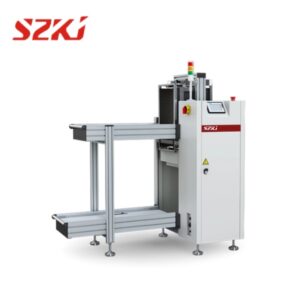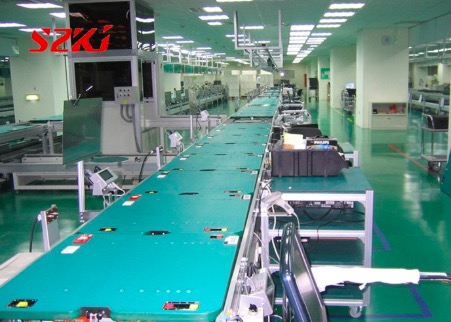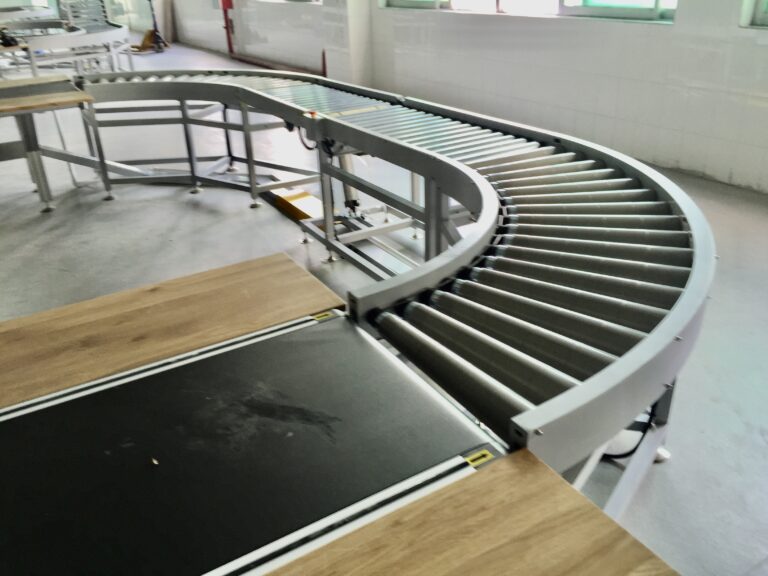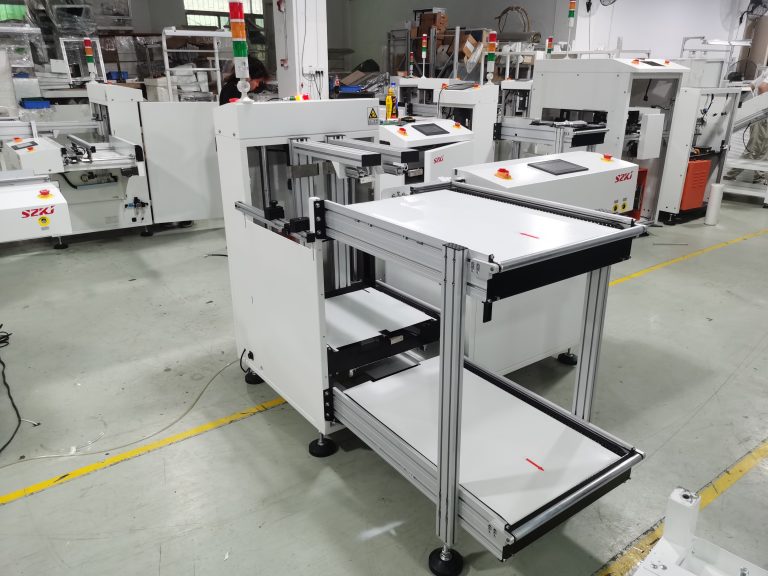Table of Contents
ToggleAdvantages of SMT Department for Electronics Manufacturing
The SMT department is the cornerstone of contemporary electronics production. Surface Mount Technology, or SMT, is used to assemble circuit boards efficiently and precisely.
The SMT department is responsible for assembling components onto printed circuit boards using Surface Mount Technology. Unlike traditional methods, where components are inserted through holes, SMT places components directly on the board’s surface. This approach allows for compact designs and faster production.

Classification of Surface Mounting Methods
SMT is divided into the dispensing process (wave soldering) and the solder paste process (reflow soldering) by the SMT department. The dispensing process involves applying adhesive and components before using wave soldering to secure them. On the other hand, the solder paste process utilizes a reflow oven to heat solder paste, creating secure bonds between components and the circuit board.
The SMT process flow can be divided into the single-sided mounting process, double-sided mounting process, and double-sided mixed packaging process.
- The single-sided mounting process involves placing components on only one side of the PCB. It is commonly used for simpler designs where the layout allows all components to fit on one side, making it cost-effective and efficient.
- The double-sided mounting process involves mounting components on both sides of the PCB. This approach is ideal for more complex circuits requiring additional space for components and allows for a higher component density.
- The double-sided mixed packaging process combines surface-mount and through-hole technologies on both sides of the PCB. This process is suitable for designs where certain components must withstand higher mechanical or thermal stresses while still maximizing board space.
Advantages of the SMT Department
The SMT department offers significant advantages, making it a preferred method for modern electronics manufacturing.
- Precision: SMT ensures accurate placement of components, even in complex circuits with dense layouts. This level of precision reduces errors and enhances the reliability of the final product.
- Speed: Automation in SMT processes speeds up production. Machines can assemble thousands of components in minutes, meeting high demands without compromising quality.
- Scalability: SMT can handle both small-scale and large-scale production runs. Manufacturers can easily adapt the process to fit prototype development or mass production.
- Compact Design: SMT enables the use of smaller components and tight layouts. This compactness allows for lightweight, portable devices with enhanced functionality.
- Cost-Efficiency: By minimizing material waste and reducing labor costs, SMT lowers overall production expenses. Its long-term reliability also saves costs related to repairs or replacements.

Common SMT Component Types
SMT department uses various types of components to achieve compact and efficient designs. Common component types include:
- Resistors: Surface-mount resistors are compact and used for controlling current flow and voltage division in circuits.
- Capacitors: These components store and release electrical energy and are essential for filtering and smoothing signals.
- Diodes: SMT diodes, including LEDs, are used for current rectification, signal modulation, and light emission.
- Transistors: Transistors act as amplifiers or switches, crucial in modern electronic devices.
- Integrated Circuits (ICs): These multi-functional components integrate various electronic circuits into a single package, enabling complex functionalities.
- Inductors: Inductors are used in power supplies and RF circuits for energy storage and signal filtering.
- Connectors: SMT connectors provide reliable connections between PCBs and other components or systems
Despite its advantages, the SMT department faces challenges that require careful attention and innovative solutions. Common examples include: misalignment during the pick-and-place process, managing the high complexity of modern circuit designs, and the high cost of specialized equipment, etc.
However, we can conclude that the SMT department plays a vital role in modern electronics manufacturing, offering precision, speed, and scalability for a wide range of applications. Moreover, based on the continuous advancements in technology, we can say that a well-established SMT department will play a decisive role in any electronics business.




